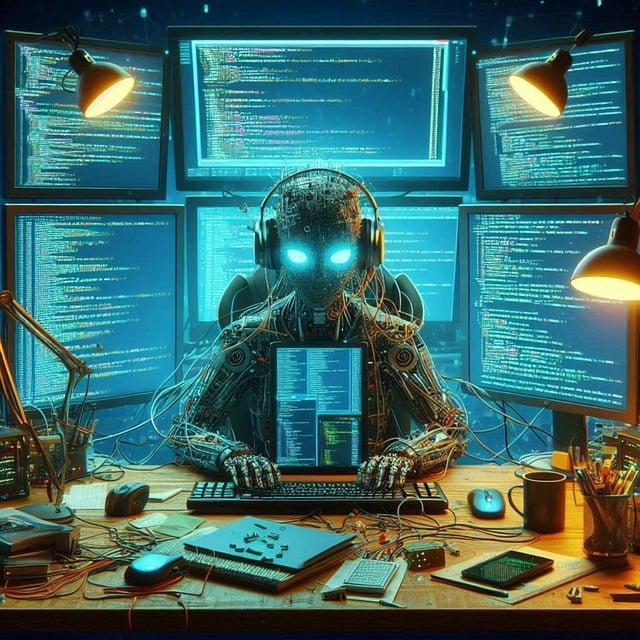
The Role of AI in Image Creation
Revolutionizing Digital Art and Design
In recent years, artificial intelligence (AI) has made significant strides in the realm of image creation, transforming how artists, designers, and businesses approach visual content. AI-powered tools and platforms now offer unprecedented capabilities, enabling the creation of intricate and unique images with minimal human input. This evolution is not only democratizing art and design but also reshaping industries that rely heavily on visual content.
How AI is Changing Image Creation
Generative Adversarial Networks (GANs): One of the most notable advancements in AI image creation is the development of Generative Adversarial Networks. GANs consist of two neural networks—the generator and the discriminator—that work together to create realistic images. The generator creates images, while the discriminator evaluates them for authenticity, leading to the production of increasingly refined visuals. This technology has been used to create everything from photorealistic portraits to entirely new artistic styles.
AI as a Creative Assistant: AI tools like DALL-E, MidJourney, and Adobe’s AI-enhanced software are being used by artists and designers as creative assistants. These tools can generate ideas, suggest color palettes, or even produce complete pieces of art based on simple prompts. This not only speeds up the creative process but also opens up new avenues for experimentation and innovation.
Personalization and Customization: Businesses are leveraging AI to create personalized images for marketing and advertising. AI can generate visuals tailored to individual preferences, making marketing campaigns more effective. For example, AI-generated product images can be customized to reflect the tastes and interests of different customer segments.
Accessibility and Democratization: AI is lowering the barriers to entry for creating high-quality images. Even those without extensive training in art or design can use AI-powered tools to produce professional-grade visuals. This democratization is empowering a new generation of creators and expanding the possibilities of digital art.
Challenges and Ethical Considerations
While AI in image creation offers many benefits, it also raises important ethical questions. The ability of AI to produce images that mimic real life has implications for intellectual property rights and the authenticity of digital content. There is also the potential for AI-generated images to be used in deceptive or malicious ways, such as creating deepfakes.
Moreover, as AI becomes more integrated into the creative process, there is a growing debate about the role of human creativity. Some argue that AI could diminish the value of human-made art, while others believe that AI is simply a tool that enhances human creativity rather than replacing it.
Tips for Adopting AI in Image Creation
For those interested in adopting AI for image creation, here are some tips:
Start with Simple Tools: Begin with user-friendly AI tools that offer intuitive interfaces and require minimal technical knowledge. Many platforms provide tutorials and guides to help you get started.
Experiment and Iterate: Use AI as a tool for experimentation. Try different prompts, styles, and techniques to see what the AI can produce. Don’t be afraid to iterate and refine your results.
Stay Ethical: Be mindful of the ethical implications of AI-generated content. Ensure that your use of AI respects intellectual property rights and does not contribute to misinformation.
Combine AI with Human Creativity: Use AI as a complement to your creative process, not a replacement. The most compelling works often come from the collaboration between human intuition and AI’s capabilities.
AI is revolutionizing the way images are created, offering new tools and opportunities for artists, designers, and businesses. By understanding the potential and challenges of AI in image creation, you can harness this technology to enhance your creative process and produce visually stunning content. As AI continues to evolve, it will undoubtedly play an increasingly central role in the future of digital art and design.